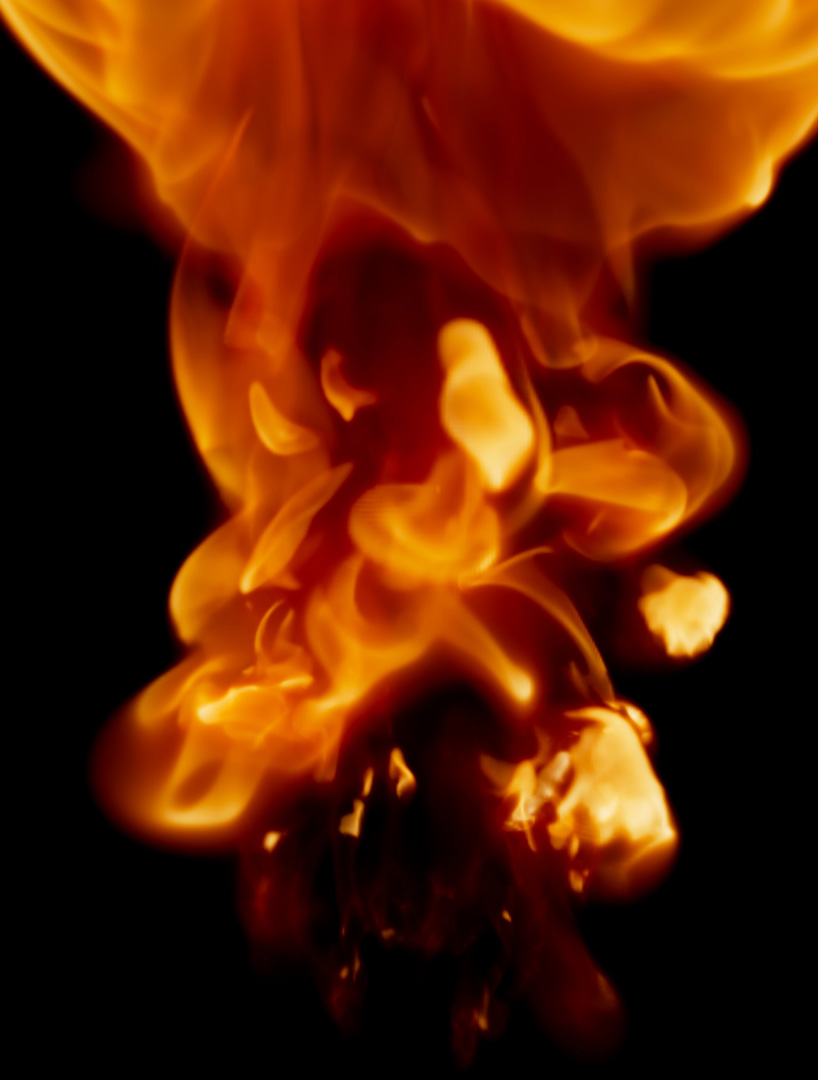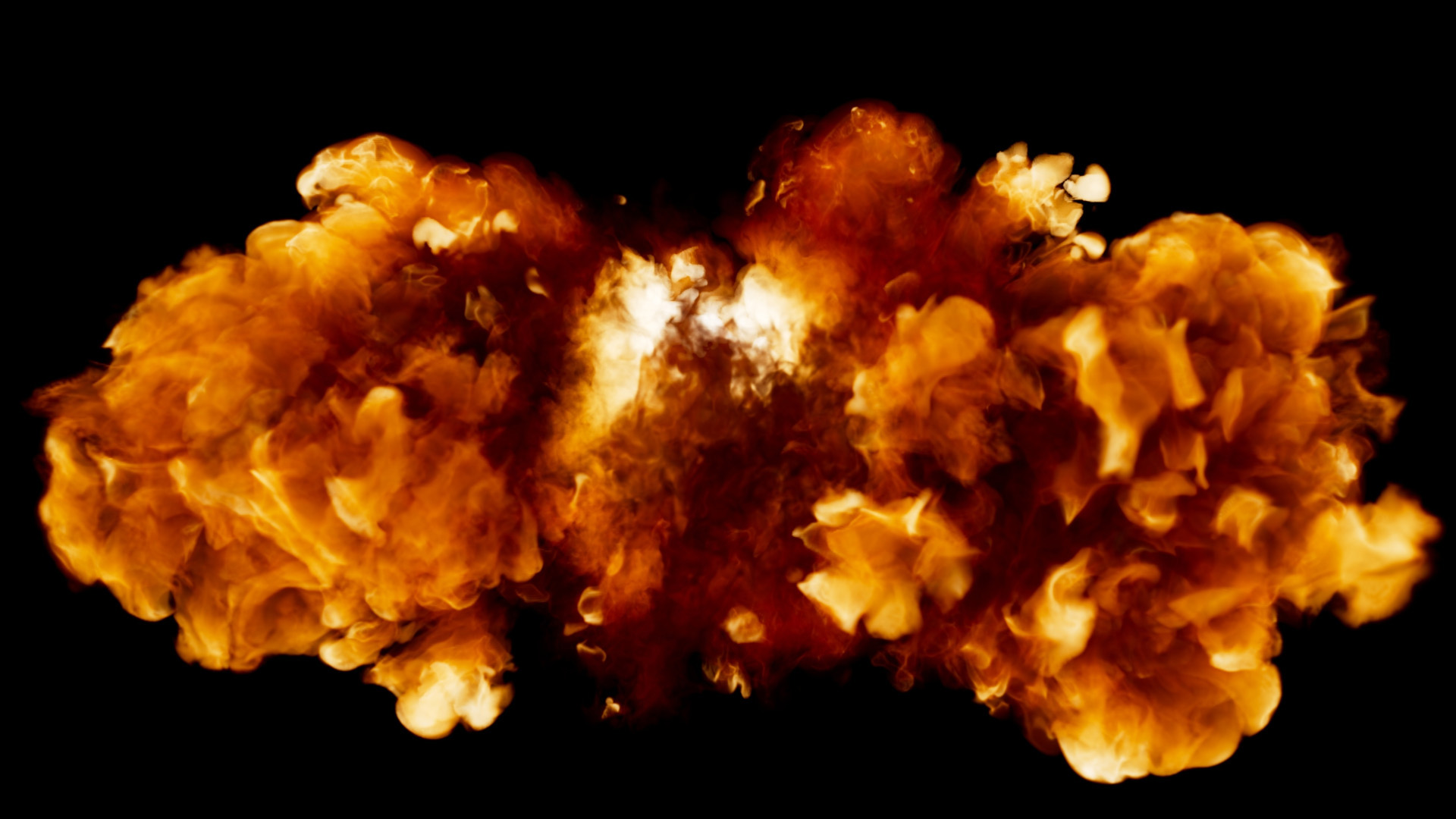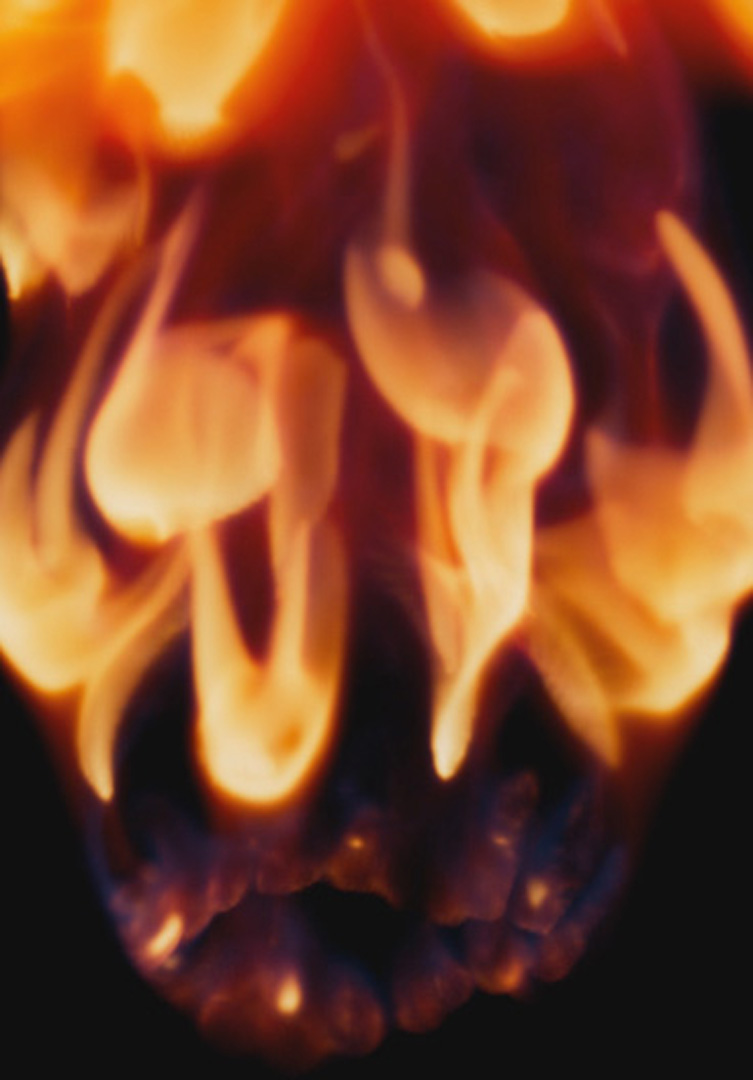“Physics-Based Combustion Simulation in Bifrost”
Conference:
Type(s):
Entry Number: 40
Title:
- Physics-Based Combustion Simulation in Bifrost
Presenter(s)/Author(s):
Abstract:
Fire, from small-scale candle flames to enormous explosions, remains an area of special interest in visual effects. Even compared to regular fluid simulation, the wide range of chemical reactions with corresponding generated motion and illumination makes for highly complex visual phenomena, difficult for an artist to recreate directly. The goal of our software is to provide attractive physical and chemical simulation workflows, which enable the artist to automaticall achieve “physically plausible” results by default. Ideally, these results should come close to matching real-world footage if the real-world parameters are known (such as what fuel is being burned). To support this, we aim to provide a user interface for artistic direction where the controls map intuitively to changes in the visual result. More user-demanding proceduralism will only occasionally be required for final artistic tweaks or hero shots.
References:
Bryan E. Feldman, James F. O’Brien, James F. O’Brien, and Okan Arikan. 2003. Ani mating Suspended Particle Explosions. In ACM SIGGRAPH 2003 Papers (SIGGRAPH ’03). ACM, New York, NY, USA, 708–715. https://doi.org/10.1145/1201775.882336
Bart Merci and Tarek Beji. 2016. Fluid mechanics aspects of fire and smoke dynamics in enclosures. CRC/Balkema, Taylor & Francis Group. 364 pages.
Duc Quang Nguyen, Ronald Fedkiw, and Henrik Wann Jensen. 2002. Physically Based Modeling and Animation of Fire. ACM Trans. Graph. 21, 3 (July 2002), 721–728. https://doi.org/10.1145/566654.566643
Michael B. Nielsen, Konstantinos Stamatelos, Morten Bojsen-Hansen, Duncan Brins mead, Yannick Pomerleau, Marcus Nordenstam, and Robert Bridson. 2018. A Collocated Spatially Adaptive Approach to Smoke Simulation in Bifrost. In ACM SIGGRAPH 2018 Talks (SIGGRAPH ’18). ACM, New York, NY, USA, Article 77, 2 pages. https://doi.org/10.1145/3214745.3214749







